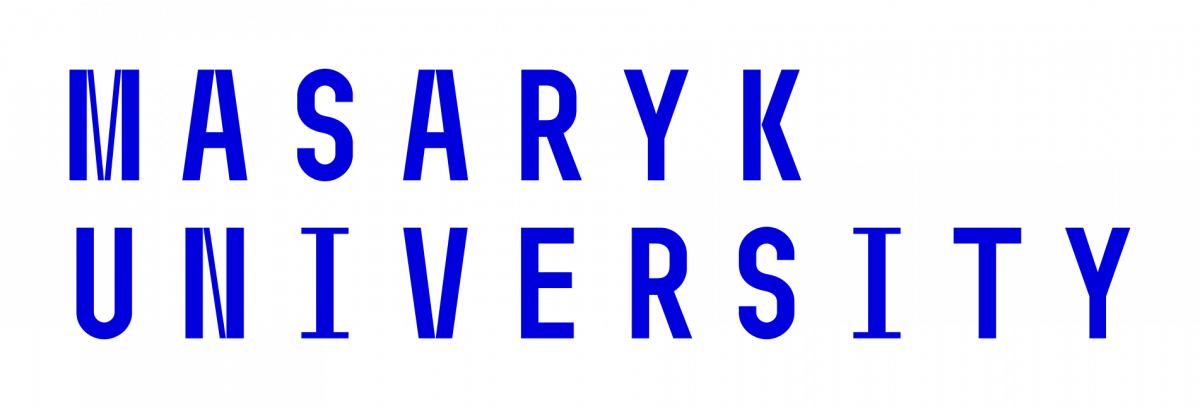The term crowdsourcing is a neologism combining the terms “crowd” und “outsourcing” and was coined by Jeff Howe in 2006 . By the implementation of crowdsourcing, journalists for example can navigate a larger number of documents than they could on their own, asses the public interest of potential investigations, and access information that normally would be out of their reach.
The “human cloud” can be used for a wide range of tasks, such as the recognition of texts and images, the verification or analysis of video contents, the creation of knowledge, the improvement or creation of products such as smartphone apps or scientific research (Hoßfeld et al. 2012). Tasks can be differentiated between simple, routine, complex and creative tasks. Industrial crowdsourcing usually works with monetary incentives, other incentives might be virtual game points, social reputation, or individual joy of problem solving or supporting others.
While routine tasks often involve simple assessments or the insertion of links, complex and creative tasks need to be split in microtasks in order not to overwhelm the collaborators. Well known examples of crowdsourcing in journalism are the Guardian’s call to investigate documents on the expenses of members of the British parliament and the Huffington Posts call to examine the leaked e-mails of U.S. politician Sarah Palin.









